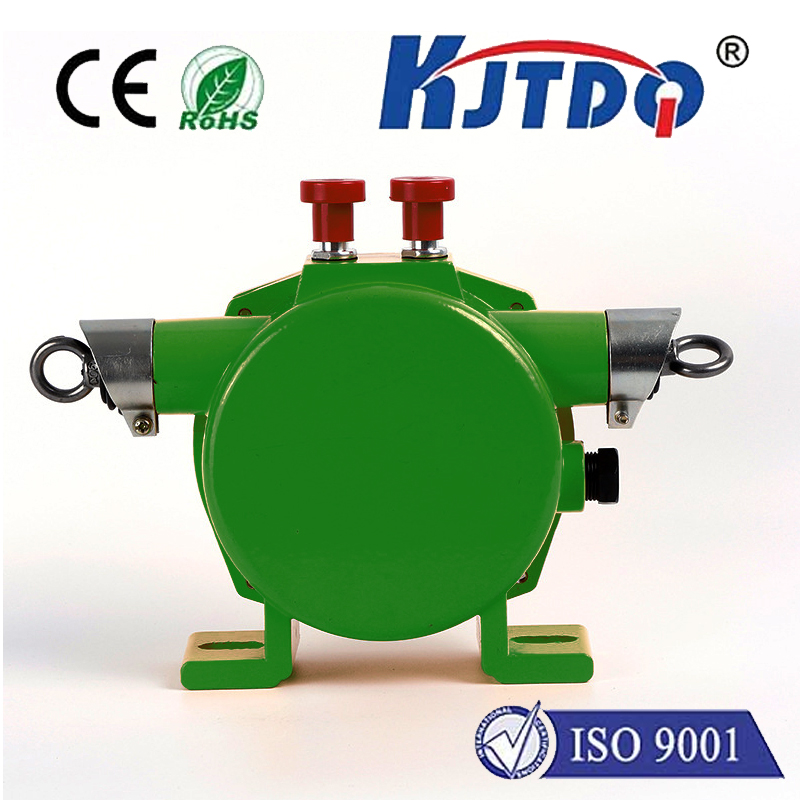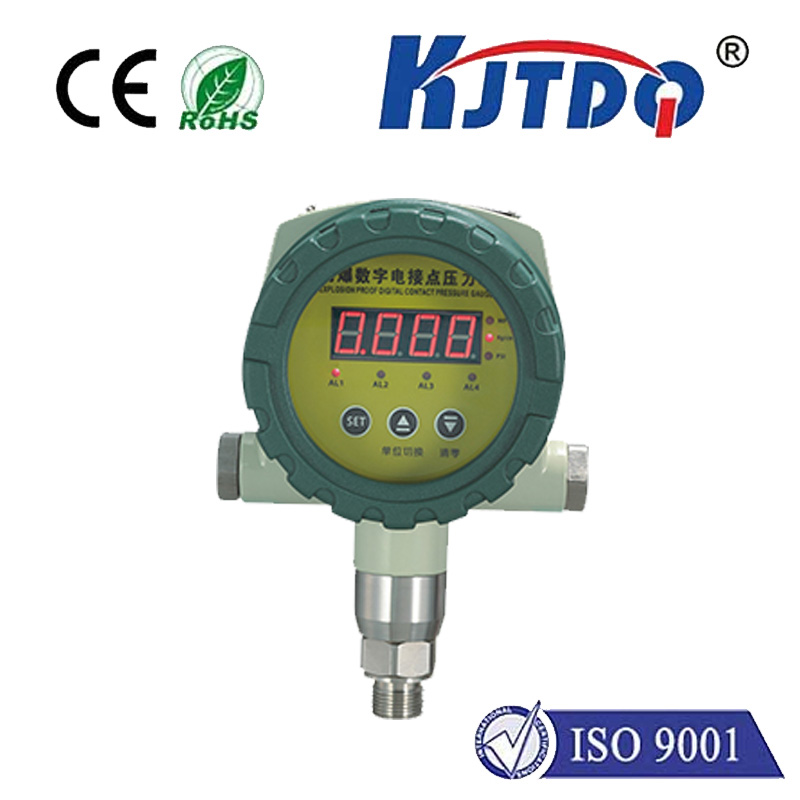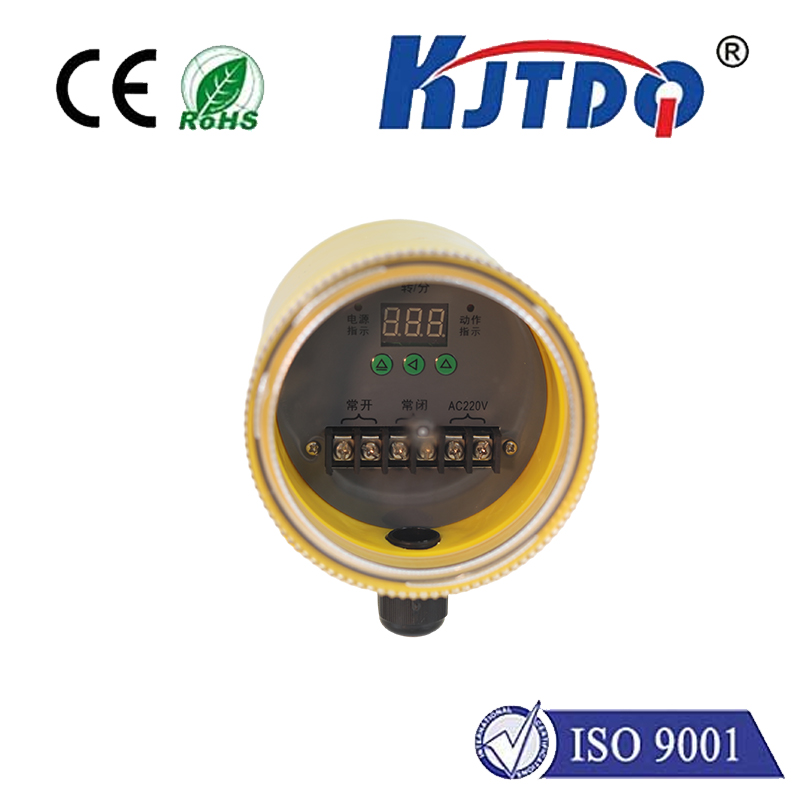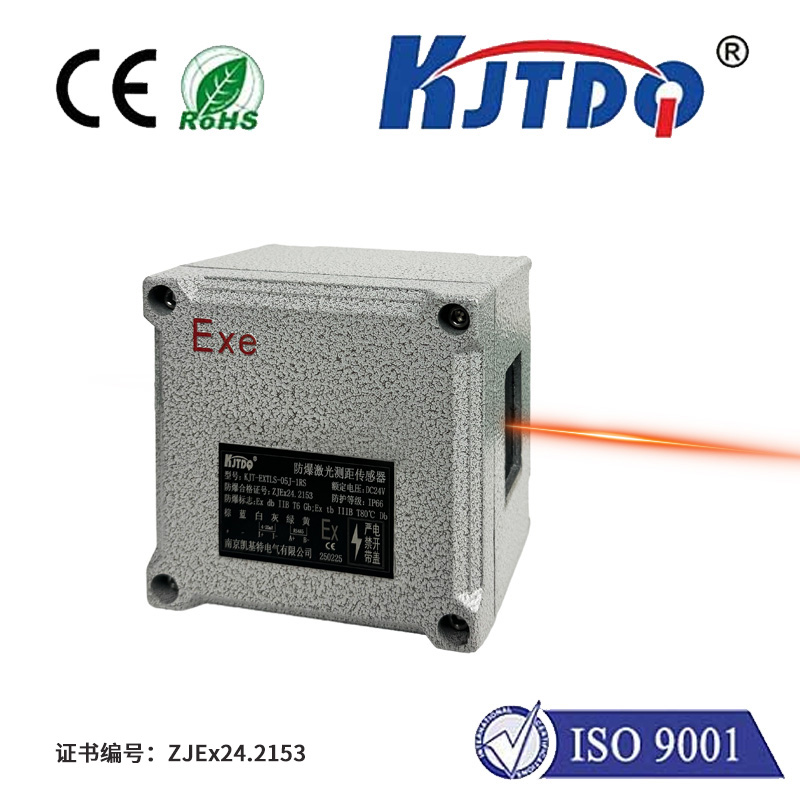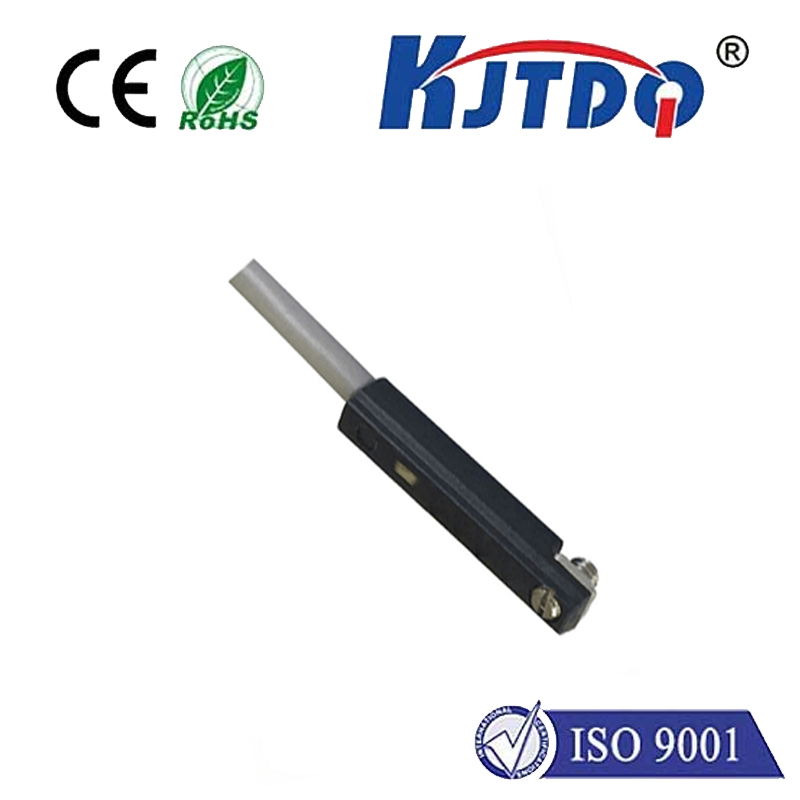In the intricate world of industrial automation, where machinery shrinks and precision demands soar, every millimeter matters. Space constraints become a constant hurdle, making the search for reliable yet ultra-compact sensing solutions paramount. This is where the E3ZM-T68 miniature photoelectric sensors step into the spotlight, proving definitively that remarkable detection capabilities aren’t sacrificed at the altar of size. These tiny titans deliver robust performance where traditional sensors simply won’t fit, unlocking new possibilities in design and efficiency.
Engineered with precision for demanding environments, the E3ZM-T68 series represents a pinnacle of through-beam photoelectric sensor technology compressed into an exceptionally small form factor. Through-beam sensors, known for their long sensing distances and exceptional reliability, operate on a simple but powerful principle: a separate transmitter emits a beam of light, and a separate receiver detects it. An object is registered when it interrupts this beam. This method is inherently more immune to object color, texture, or reflectivity variations compared to diffuse or retro-reflective types, offering superior detection stability.
The defining characteristic of the E3ZM-T68 is its miniature stature. Designed to fit effortlessly into the tightest spaces within machinery, packaging lines, or robotic cells, it alleviates the constant struggle engineers face with space limitations. This compactness doesn’t come at the expense of performance, however. These sensors boast impressive sensing distances for their size, ensuring reliable object detection across significant gaps even within confined layouts. Furthermore, durability is ingrained, featuring robust housings with an IP67 protection rating that shields against dust ingress and low-pressure water jets, making them resilient for use in washdown areas or harsh factory conditions.

Achieving accurate alignment between the separate transmitter and receiver units is critical for the optimal functioning of any through-beam sensor. The E3ZM-T68 tackles this challenge ingeniously. Models equipped with integrated alignment indicators (visual guides, often LEDs visible during mounting) significantly simplify the installation process. This feature drastically reduces setup time and minimizes errors, ensuring the beam is perfectly aligned for maximum reliability right from the start. This focus on ease of installation translates directly into reduced downtime and lower overall commissioning costs.
The applications demanding the unique capabilities of the E3ZM-T68 miniature photoelectric sensor are vast and varied:
Choosing a Фотоэлектрический датчик involves balancing several factors: detection method, size, environmental rating, sensing distance, and reliability. For scenarios where space is at an absolute premium and reliable through-beam detection is essential, the E3ZM-T68 presents an outstanding solution. Its miniature dimensions overcome physical installation barriers that halt larger sensors, while its core through-beam technology ensures consistent performance unaffected by challenging target surfaces. The addition of alignment aids streamlines setup, and the IP67 rating guarantees longevity in demanding industrial settings.
Beyond just saving space, integrating the E3ZM-T68 miniature photoelectric sensor can lead to tangible benefits. It enables the design of smaller, more efficient machines, potentially reducing overall system costs. Enhanced reliability and simplified maintenance contribute to increased uptime. Moreover, its robust construction ensures long-term stability, minimizing the need for frequent replacements.
When the challenge is detecting objects reliably within the tightest confines of modern automation systems, the E3ZM-T68 miniature photoelectric sensor consistently delivers. It masterfully bridges the gap between uncompromising miniaturization and high-performance through-beam detection, proving that critical sensing tasks don’t require large footprints. Its blend of compact design, robust environmental protection, reliable sensing methodology, and user-friendly features makes it an indispensable tool for engineers optimizing space and maximizing efficiency on the factory floor.


